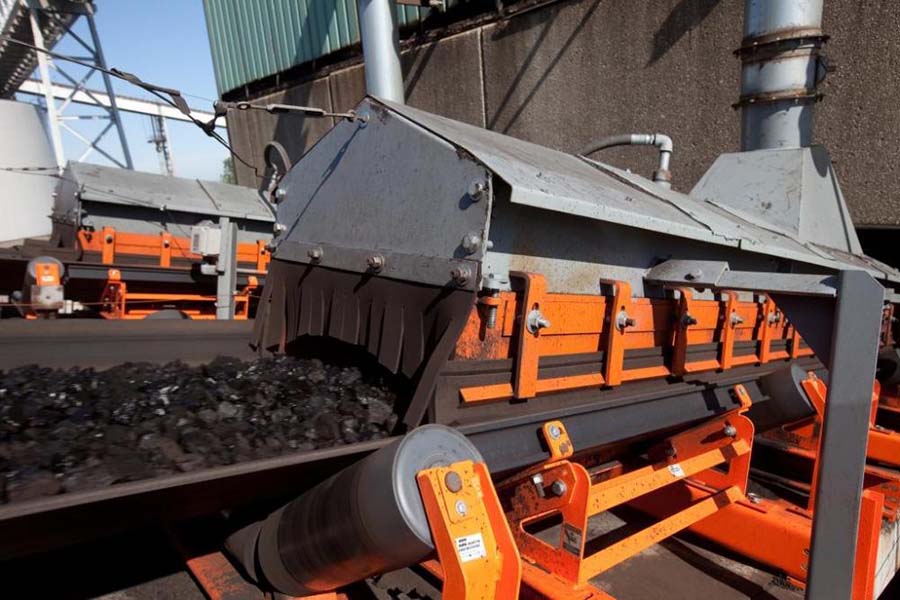
-
 Afrikaans
Afrikaans -
 Albanian
Albanian -
 Amharic
Amharic -
 Arabic
Arabic -
 Armenian
Armenian -
 Azerbaijani
Azerbaijani -
 Basque
Basque -
 Belarusian
Belarusian -
 Bengali
Bengali -
 Bosnian
Bosnian -
 Bulgarian
Bulgarian -
 Catalan
Catalan -
 Cebuano
Cebuano -
 Corsican
Corsican -
 Croatian
Croatian -
 Czech
Czech -
 Danish
Danish -
 Dutch
Dutch -
 English
English -
 Esperanto
Esperanto -
 Estonian
Estonian -
 Finnish
Finnish -
 French
French -
 Frisian
Frisian -
 Galician
Galician -
 Georgian
Georgian -
 German
German -
 Greek
Greek -
 Gujarati
Gujarati -
 Haitian Creole
Haitian Creole -
 hausa
hausa -
 hawaiian
hawaiian -
 Hebrew
Hebrew -
 Hindi
Hindi -
 Miao
Miao -
 Hungarian
Hungarian -
 Icelandic
Icelandic -
 igbo
igbo -
 Indonesian
Indonesian -
 irish
irish -
 Italian
Italian -
 Japanese
Japanese -
 Javanese
Javanese -
 Kannada
Kannada -
 kazakh
kazakh -
 Khmer
Khmer -
 Rwandese
Rwandese -
 Korean
Korean -
 Kurdish
Kurdish -
 Kyrgyz
Kyrgyz -
 Lao
Lao -
 Latin
Latin -
 Latvian
Latvian -
 Lithuanian
Lithuanian -
 Luxembourgish
Luxembourgish -
 Macedonian
Macedonian -
 Malgashi
Malgashi -
 Malay
Malay -
 Malayalam
Malayalam -
 Maltese
Maltese -
 Maori
Maori -
 Marathi
Marathi -
 Mongolian
Mongolian -
 Myanmar
Myanmar -
 Nepali
Nepali -
 Norwegian
Norwegian -
 Norwegian
Norwegian -
 Occitan
Occitan -
 Pashto
Pashto -
 Persian
Persian -
 Polish
Polish -
 Portuguese
Portuguese -
 Punjabi
Punjabi -
 Romanian
Romanian -
 Russian
Russian -
 Samoan
Samoan -
 Scottish Gaelic
Scottish Gaelic -
 Serbian
Serbian -
 Sesotho
Sesotho -
 Shona
Shona -
 Sindhi
Sindhi -
 Sinhala
Sinhala -
 Slovak
Slovak -
 Slovenian
Slovenian -
 Somali
Somali -
 Spanish
Spanish -
 Sundanese
Sundanese -
 Swahili
Swahili -
 Swedish
Swedish -
 Tagalog
Tagalog -
 Tajik
Tajik -
 Tamil
Tamil -
 Tatar
Tatar -
 Telugu
Telugu -
 Thai
Thai -
 Turkish
Turkish -
 Turkmen
Turkmen -
 Ukrainian
Ukrainian -
 Urdu
Urdu -
 Uighur
Uighur -
 Uzbek
Uzbek -
 Vietnamese
Vietnamese -
 Welsh
Welsh -
 Bantu
Bantu -
 Yiddish
Yiddish -
 Yoruba
Yoruba -
 Zulu
Zulu
Flat Die Thread Rolling Equipment Manufacturers and Their Innovations in the Industry
Understanding Flat Die Thread Rolling Machines A Key Component in Precision Manufacturing
In the realm of precision manufacturing, flat die thread rolling machines represent a vital technology for producing high-quality threaded components. These machines operate by using flat dies to create threads on cylindrical workpieces through a cold forming process. As industries increasingly prioritize efficiency and precision, understanding the role and benefits of flat die thread rolling machines, along with reputable manufacturers, becomes paramount.
The Working Principle of Flat Die Thread Rolling Machines
Flat die thread rolling machines utilize a straightforward yet effective mechanism. The workpiece, usually made of metals such as steel or aluminum, is fed between two flat dies that contain the desired thread profile. As the dies are pressed together, they exert significant pressure on the workpiece, causing the material to flow and form the threads without removing any material. This process results in strong, precise threads that are often superior to those created by traditional cutting methods.
One of the standout benefits of thread rolling is the enhancement of the mechanical properties of the threaded part. The cold working involved in the process increases the material's strength and hardness through strain hardening. Additionally, this method produces minimal waste and contributes to a more sustainable manufacturing process.
Advantages of Using Flat Die Thread Rolling Machines
1. Improved Strength and Durability The cold forming process enhances the intrinsic material properties, leading to threads that can withstand higher loads and resist wear.
2. High Precision and Consistency These machines deliver tight tolerances and uniformity, ensuring that each production run results in consistently high-quality threads.
flat die thread rolling machine manufacturers

3. Cost-Effectiveness While the initial investment in flat die thread rolling machines may be significant, the overall reduction in material waste and increased production speed leads to lower costs per unit in the long run.
4. Reduced Lead Times With the ability to produce large quantities of threaded components rapidly, manufacturers can meet tight deadlines without compromising quality.
Choosing the Right Manufacturer
When selecting a flat die thread rolling machine manufacturer, it is essential to consider several factors. Reputable manufacturers should provide robust technical support and training to ensure optimal machine operation. Additionally, they should offer a range of machines tailored to different production needs, from small batch operations to large-scale manufacturing.
Renowned manufacturers are often distinguished by their adherence to international quality standards and their commitment to continuous innovation. Companies that invest in research and development tend to offer machines equipped with cutting-edge technology, improving both productivity and efficiency.
Conclusion
Flat die thread rolling machines play a crucial role in the production of high-quality threaded components across various industries, including automotive, aerospace, and construction. Their ability to produce durable, precise threads while minimizing waste makes them an increasingly popular choice among manufacturers. By choosing reputable manufacturers who provide robust support and innovative solutions, businesses can harness the full potential of flat die thread rolling technology, driving both quality and efficiency in their production processes.
